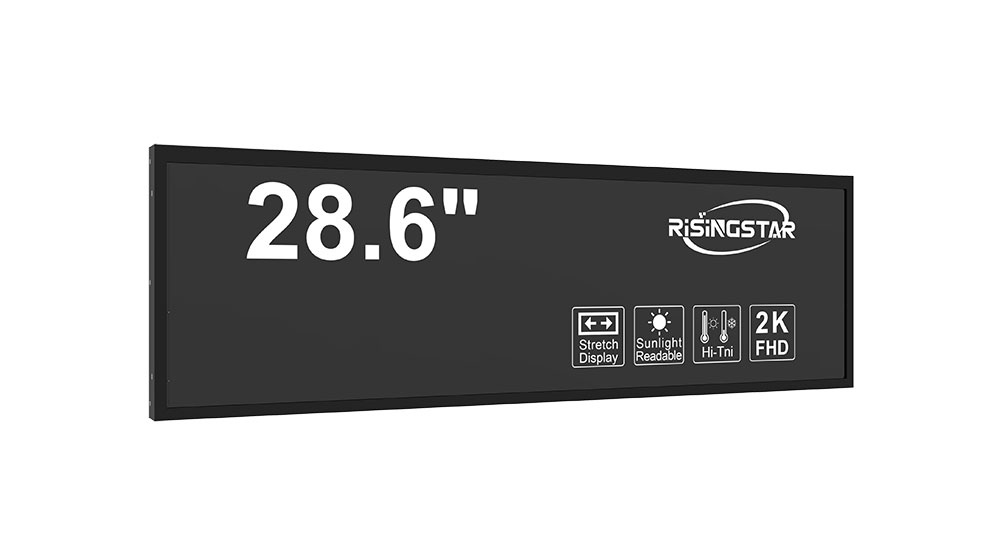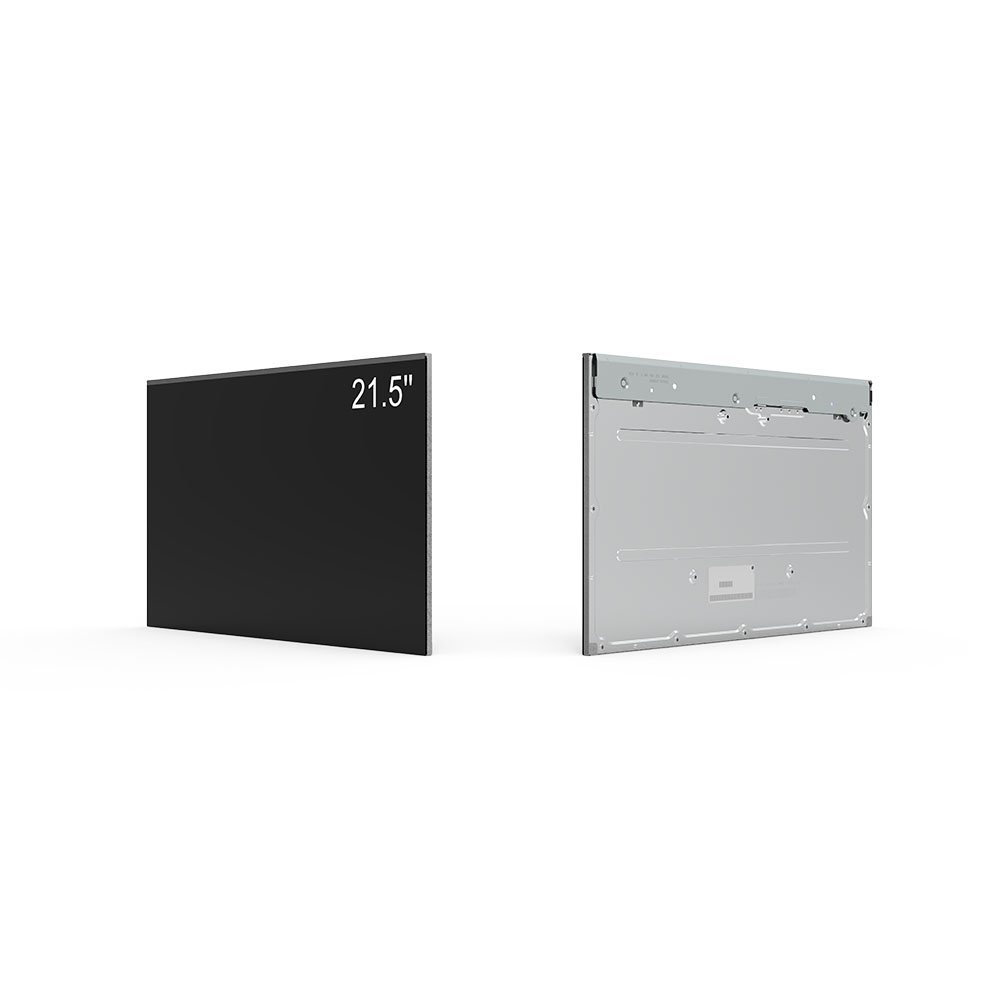- Home
- About Us
- Products
- News
- Video
- Contact
- Send Inquiry
Search
- Home
- About Us
- Products
- News
- Video
- Contact
- Send Inquiry

In today’s increasingly outdoor-focused technological landscape—from military field operations to public transportation, agricultural monitoring, and retail kiosks—high-brightness sunlight-readable LCD displays are no longer a luxury but a necessity. These specialized screens are engineered to deliver clear visibility even under direct sunlight, often exceeding 5,000 nits of peak brightness. With the growing demand for higher resolution in outdoor environments, manufacturers now offer both 2K (2560x1440) and 4K (3840x2160) options, enabling sharper images, richer color depth, and improved user experience in demanding lighting conditions.
The key to achieving true sunlight readability lies not just in brightness but in advanced optical design, anti-glare coatings, and optimized backlighting technologies. For instance, some models utilize transflective liquid crystal technology that combines reflective and transmissive modes—boosting performance in bright environments while conserving power in low-light scenarios. Additionally, IPS (In-Plane Switching) panels ensure wide viewing angles (up to 178°), critical for multi-user applications like digital signage or vehicle dashboards where users may be positioned off-axis.

The integration of 2K and 4K resolutions into high-brightness LCDs addresses modern industrial needs. A 2K display is ideal for control rooms, industrial automation systems, and portable diagnostic equipment where clarity and detail matter without overwhelming processing requirements. Meanwhile, 4K resolution offers ultra-high-definition visuals suitable for outdoor digital billboards, command centers, and precision agriculture drones that require detailed mapping and real-time data visualization. According to a 2023 report by MarketsandMarkets, the global outdoor display market is projected to grow at a CAGR of 9.7% through 2028, driven largely by these high-resolution, sunlight-readable solutions.

Manufacturers such as LG Display, BOE Technology, and Sharp have introduced certified sunlight-readable panels compliant with MIL-STD-810G and IP65/IP67 ingress protection standards, making them robust against dust, water, and extreme temperatures. In a case study conducted by a defense contractor in 2022, a 4K sunlight-readable display installed on an unmanned ground vehicle maintained full operability at 6,000 nits of brightness during desert testing—far surpassing standard indoor monitors that typically max out at 1,000 nits.
Furthermore, modern high-brightness LCDs support wide color gamuts (up to 100% DCI-P3) and HDR compatibility, enhancing contrast ratios and dynamic range. This ensures accurate representation of colors in natural lighting environments—critical for medical imaging, satellite data analysis, and photovoltaic system monitoring.
As industries move toward more intelligent, connected, and autonomous systems, the role of reliable, high-resolution, sunlight-readable displays becomes increasingly pivotal. Whether it's for public safety, energy infrastructure, or smart city applications, choosing between 2K and 4K depends on use-case complexity, computational constraints, and environmental exposure. The availability of both resolutions allows designers to optimize performance, cost, and durability—a strategic advantage in competitive markets.
